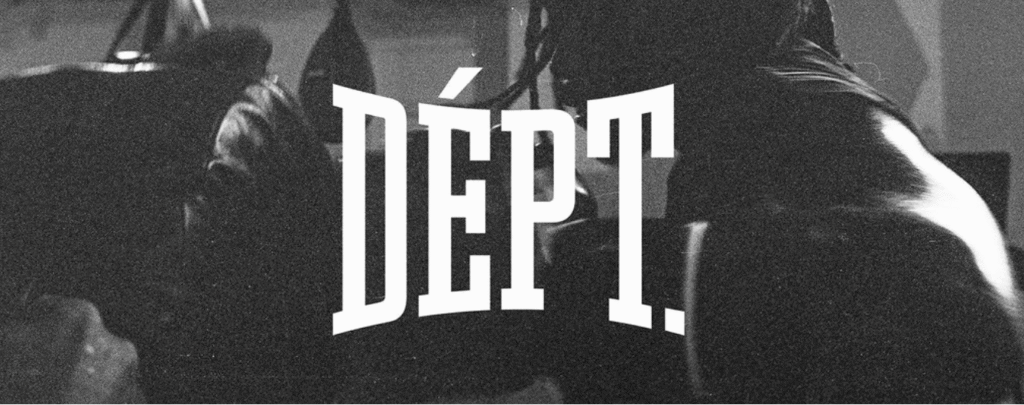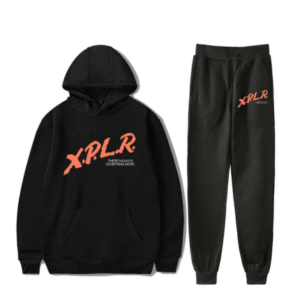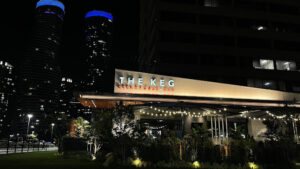
Fashion isn’t only about clothes anymore; it’s about storytelling, identity, and art. Among the brands leading this shift, Gallery Dept stands out for its unique blend of streetwear aesthetics, hand-finished details, and a strong artistic narrative. But why does it feel less like clothing and more like wearable artefacts? Let’s explore how this brand’s approach to design, culture, and craftsmanship turns everyday garments into collectable statements.
How Does the Gallery Dept Blur the Line Between Fashion and Art?
One of the most striking things about the Gallery Dept is how deliberately it positions itself at the intersection of fashion and art. Founded by Josué Thomas in Los Angeles, the brand thrives on the idea that clothes can serve as living canvases. Unlike mass-produced fast fashion, each piece often incorporates unique paint splatters, distressing, or hand-finishing. This creative process makes no two garments exactly alike, much like artworks in a gallery.
By embedding artistic experimentation directly into the production phase, the label erases the typical boundary between designer and artist. Buyers aren’t just getting a hoodie or a pair of jeans; they’re acquiring an artefact infused with the designer’s personal expression.
Why Does Handcrafted Detail Matter in the Gallery Dept’s Clothing?
When people describe the brand pieces as “wearable artefacts,” they’re responding to the sense of craftsmanship baked into each design. Every stitch, faded seam, and paint streak looks deliberate. This handcrafted element stands in stark contrast to the uniform perfection of mainstream apparel.
Hand-finishing also conveys a sense of time and history. Just as an antique object bears the marks of its maker, a Gallery Dept shirt or jacket carries visible evidence of human touch. This tactile quality transforms simple garments into art objects that feel personal and alive.
What Role Does Vintage Inspiration Play in Its Appeal?
Vintage influence is another key factor behind the “artefact” feeling. The Gallery Dept frequently repurposes or upcycles vintage clothing into its designs. This approach means that many pieces start with a pre-existing story, perhaps a jacket worn in the 1980s or a pair of jeans salvaged from a thrift store.
By layering new artistic elements over older garments, the brand creates a dialogue between past and present. This echoes how museums and galleries preserve artefacts while interpreting them through a modern lens. The result is apparel that feels historically rich yet contemporary.
How Does Limited Production Enhance the Artefact Status?
Scarcity plays a huge role in making any object feel collectable. In the case of the Gallery Dept, many items are produced in limited quantities or in one-off batches. This rarity boosts their perceived value and uniqueness.
Owning a piece from a limited release feels like acquiring a rare print or sculpture rather than a mass-market item. Fashion lovers recognise that these garments may not be restocked, which adds urgency and prestige. Limited production also fosters a more sustainable model by discouraging overproduction, aligning with the ethics of mindful consumption.
Why Is Storytelling Central to the Gallery Dept’s Identity?
Every great artefact carries a story, and the Gallery Dept Hoodie thrives on narrative. The brand often releases clothing with references to art movements, pop culture, or the Los Angeles creative scene. The paint splatters and hand-distressing techniques are visual cues of a life lived, a workshop environment, or a creative rebellion.
When buyers put on these garments, they’re not just wearing clothes; they’re embodying a story about creativity, resistance to conformity, and the blending of high and low culture. This narrative dimension transforms a hoodie into a statement of identity and belonging within a subculture of art-driven fashion.
How Does Wearing Gallery Dept Feel Different from Wearing Standard Streetwear?
Streetwear has evolved into a mainstream powerhouse, but Gallery Dept maintains an edge by emphasising individuality. While typical streetwear focuses on logos and trends, this brand prioritises originality and craftsmanship.
Wearing one of its pieces feels almost ceremonial, like you’re stepping into the role of artist or curator yourself. People notice the difference: the unusual textures, irregular paint marks, and vintage silhouettes spark curiosity and conversation. This experiential quality deepens the sense of owning something special and artefact-like rather than disposable apparel.
What Makes Gallery Dept a Future Classic in Fashion?
Looking ahead, the qualities that make Gallery Dept feel like wearable artefacts also position it as a future classic. In a market dominated by overproduction, its slow, deliberate approach stands out. Its commitment to artistic expression, upcycling, and handcrafted details taps into consumer desires for authenticity and sustainability.
Moreover, as more fashion houses experiment with art collaborations, the brand’s early adoption of this model places it ahead of the curve. Collectors and fans see its pieces not only as trendy now but as potential cultural signifiers years down the line, much like archival designer items that appreciate.
Why the Gallery Dept Feels Like More Than Just Clothing
Ultimately, what makes Gallery Dept feel like wearable artefacts is its fusion of artistic vision, craftsmanship, and narrative depth. Each piece reflects a philosophy of clothing as an evolving artwork, unique, imperfect, and alive. From vintage sourcing to hand-finishing, every step in its process challenges the norms of mass-market fashion.
In a world where most garments are designed for planned obsolescence, Gallery Dept offers something enduring: clothes that can be worn, lived in, and cherished as creative expressions. These aren’t just outfits to be cycled through each season; they’re artefacts to be collected, appreciated, and passed down as part of a personal or cultural story.




